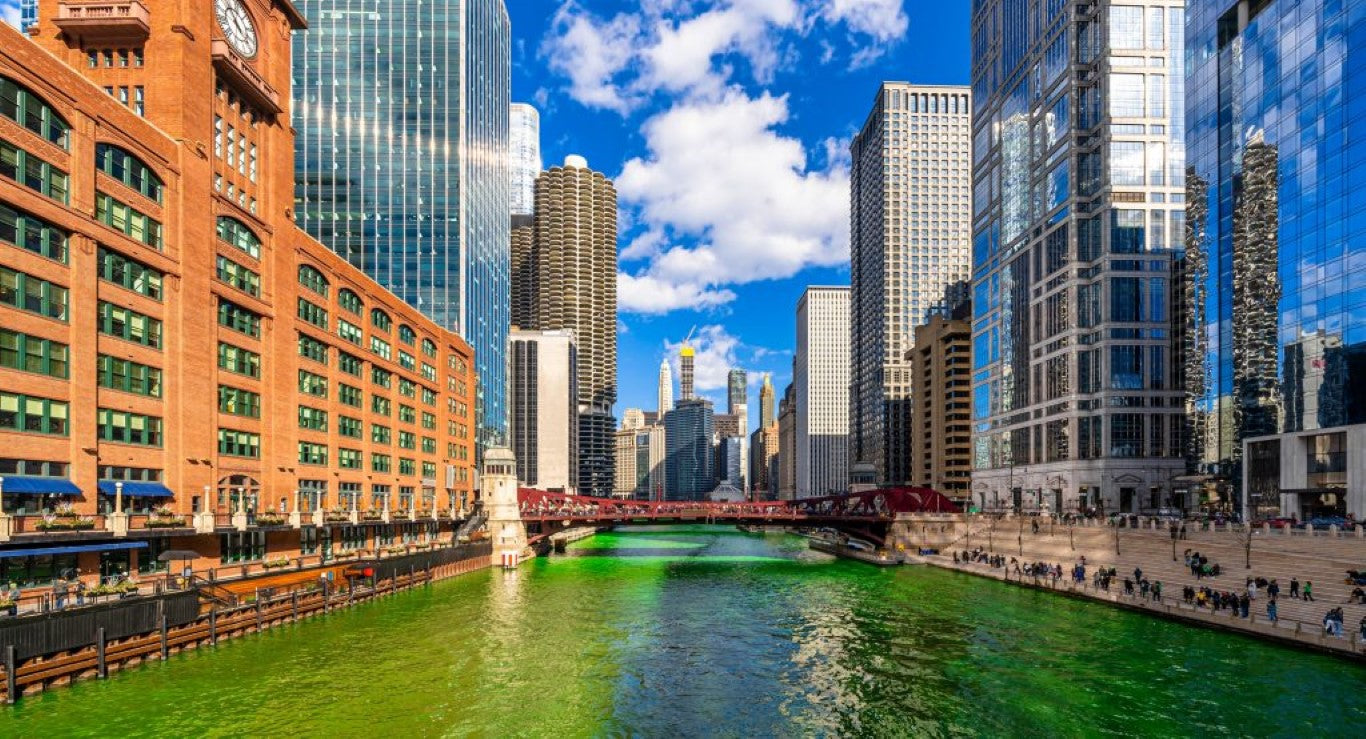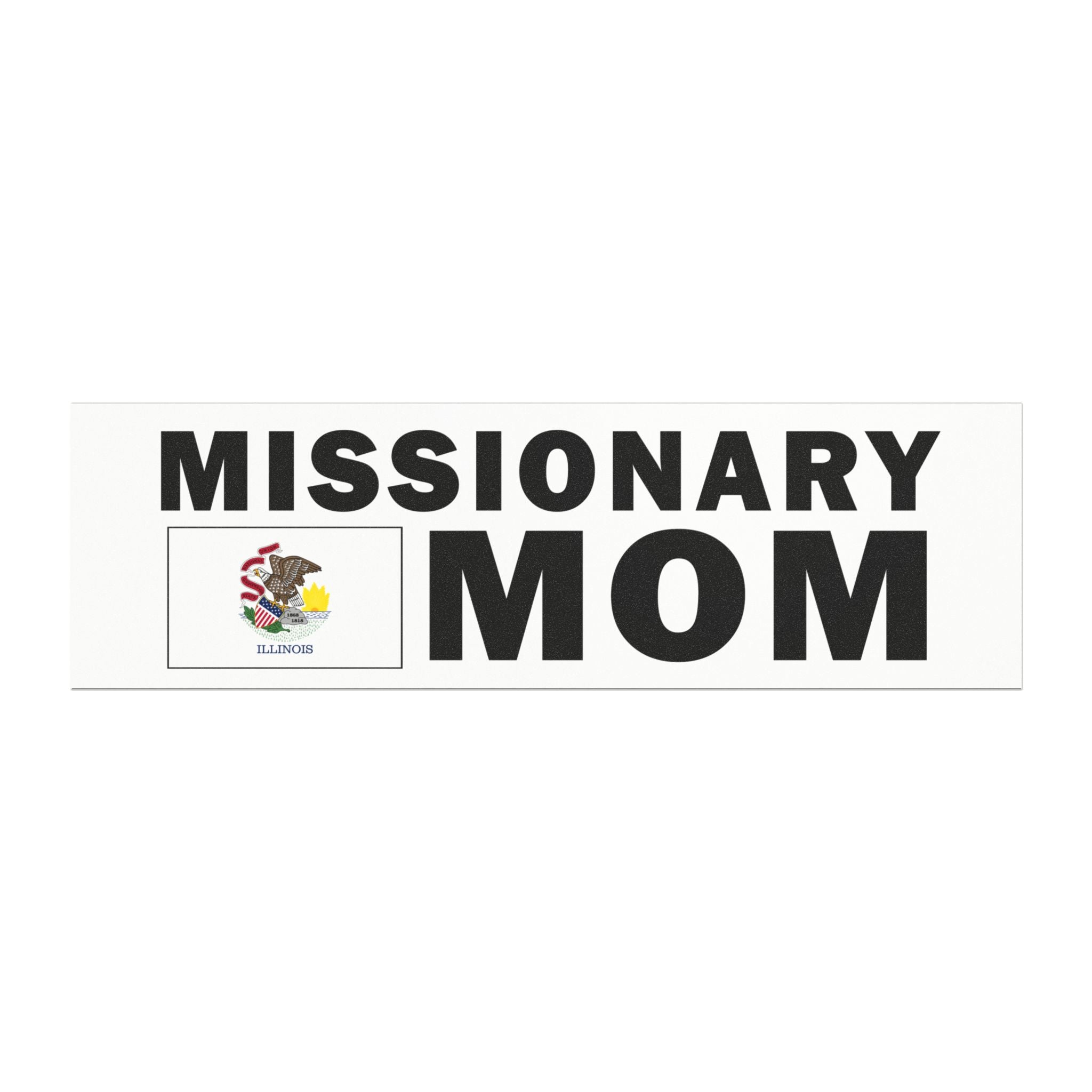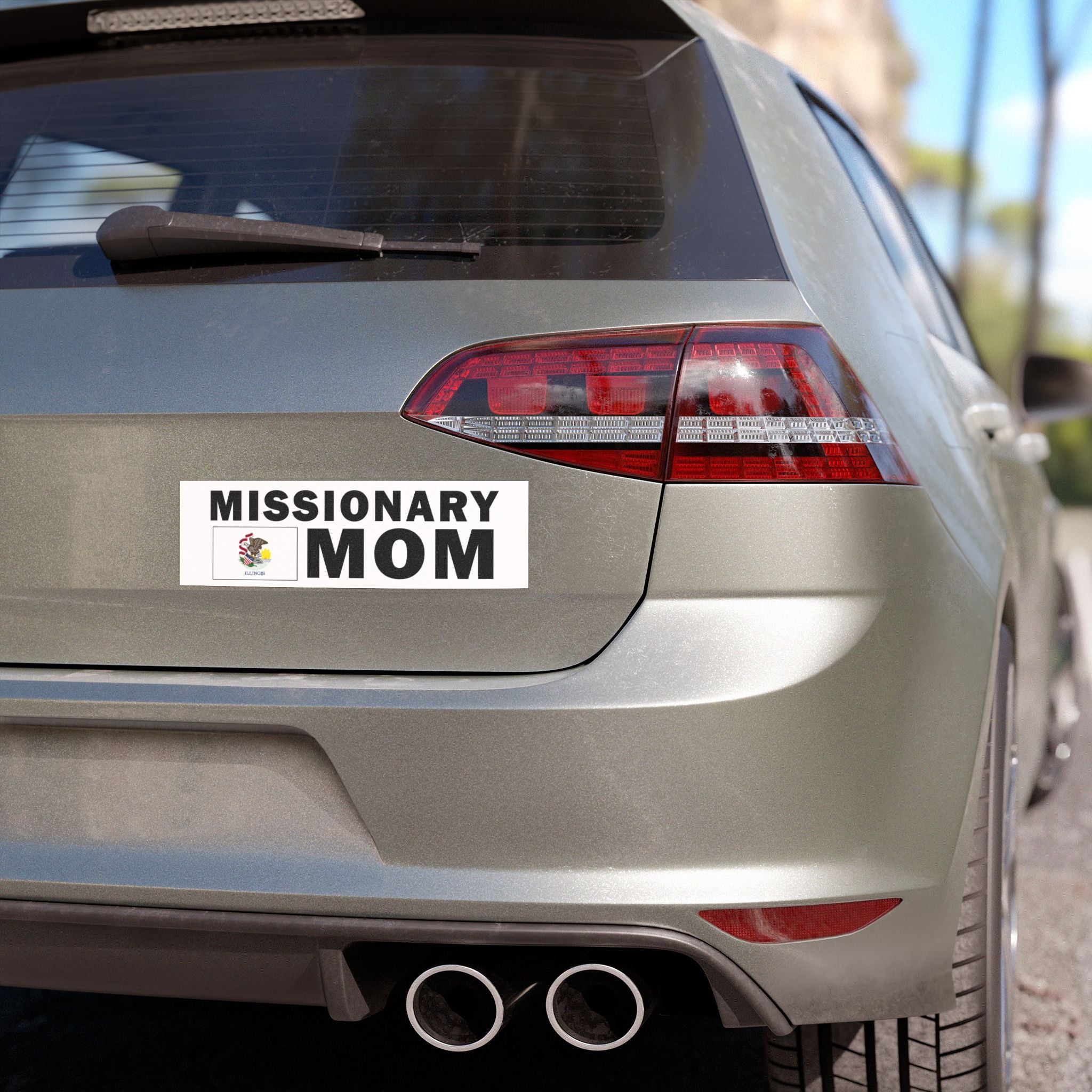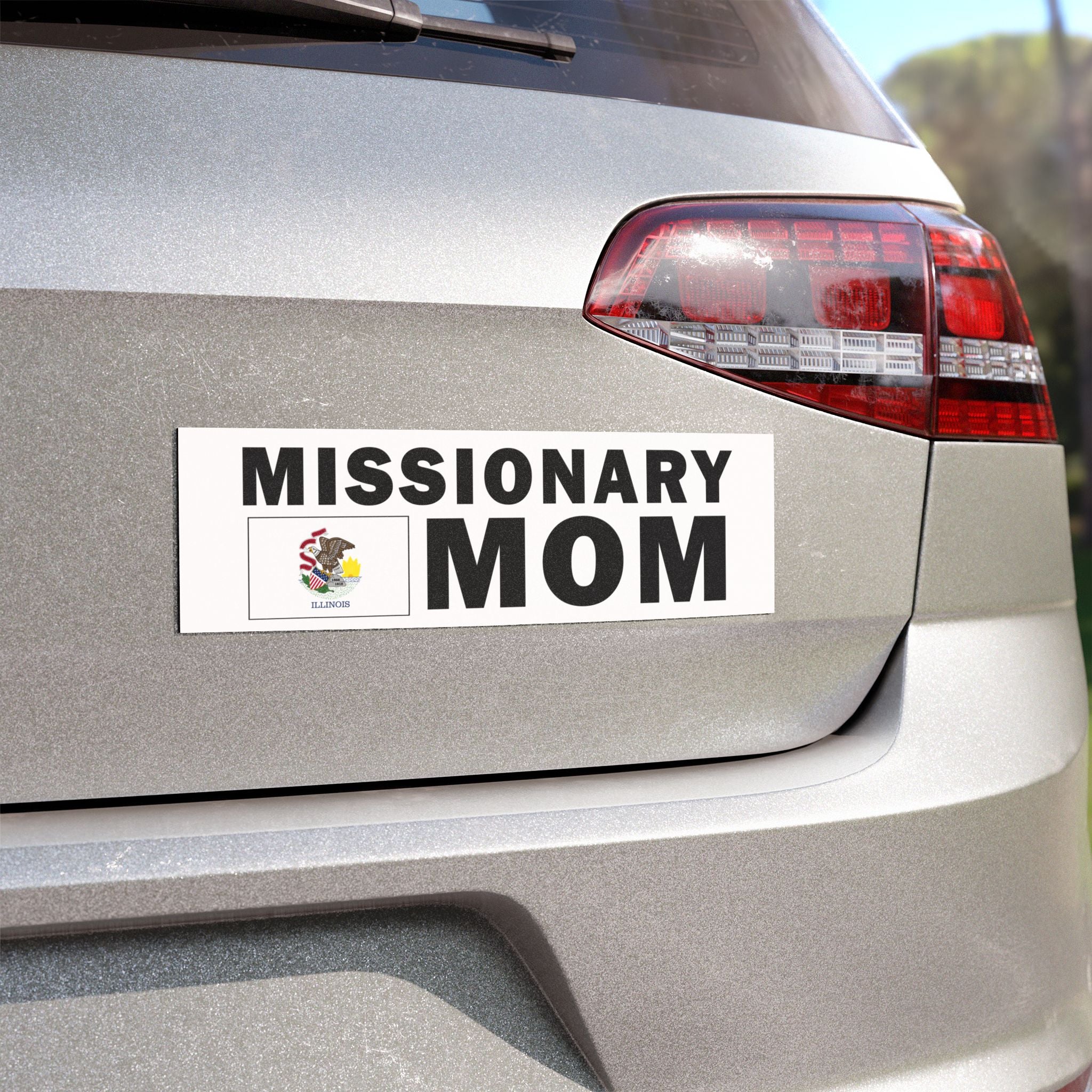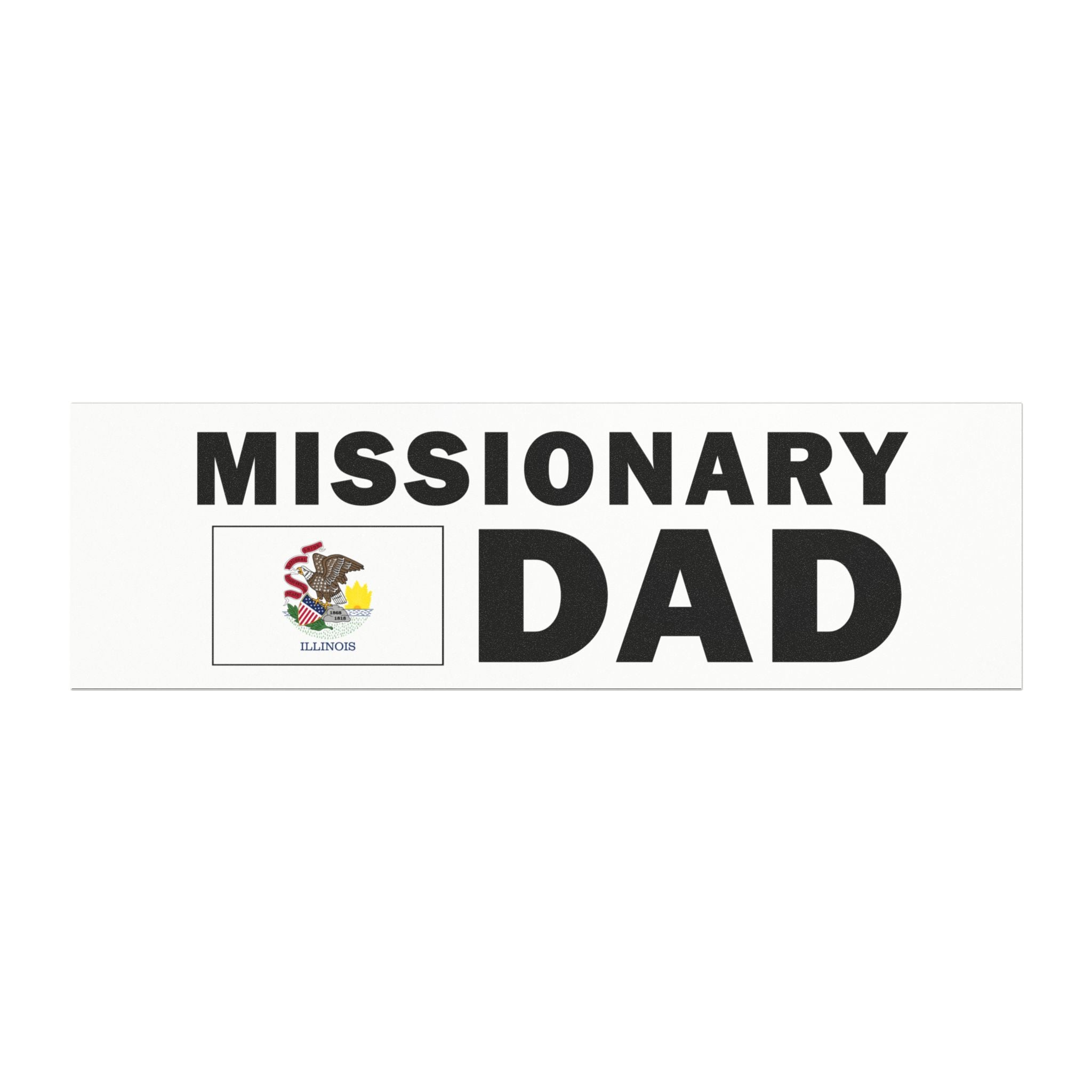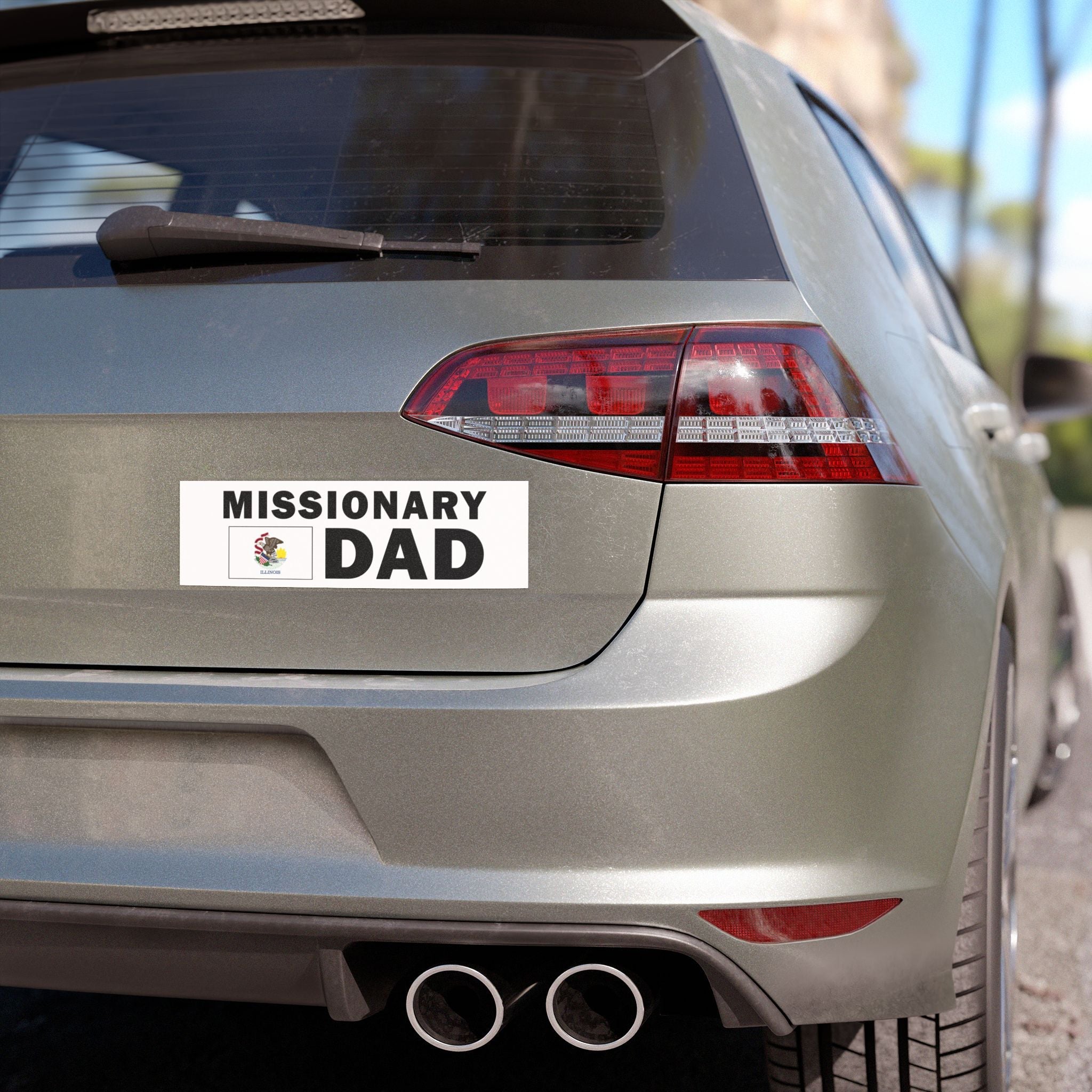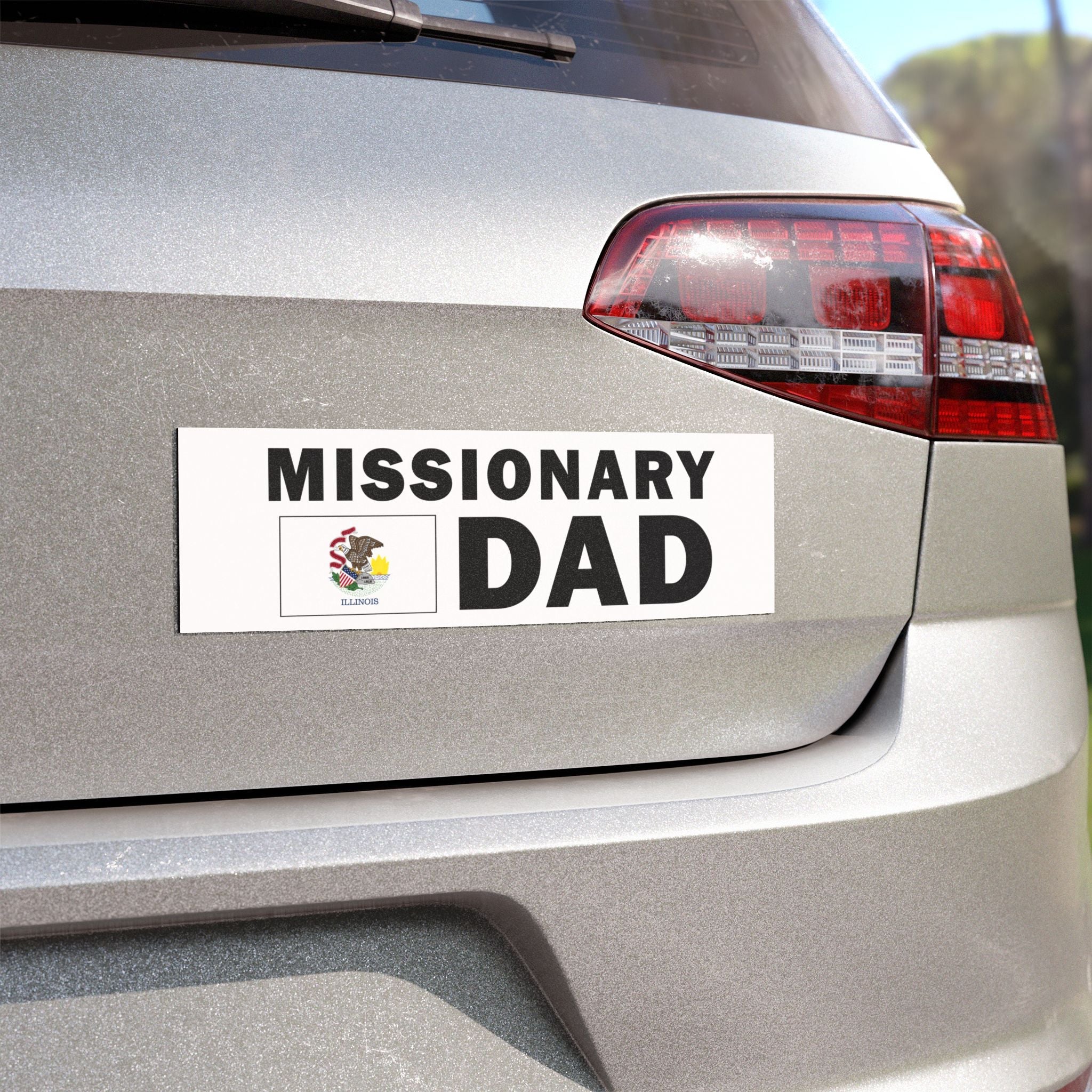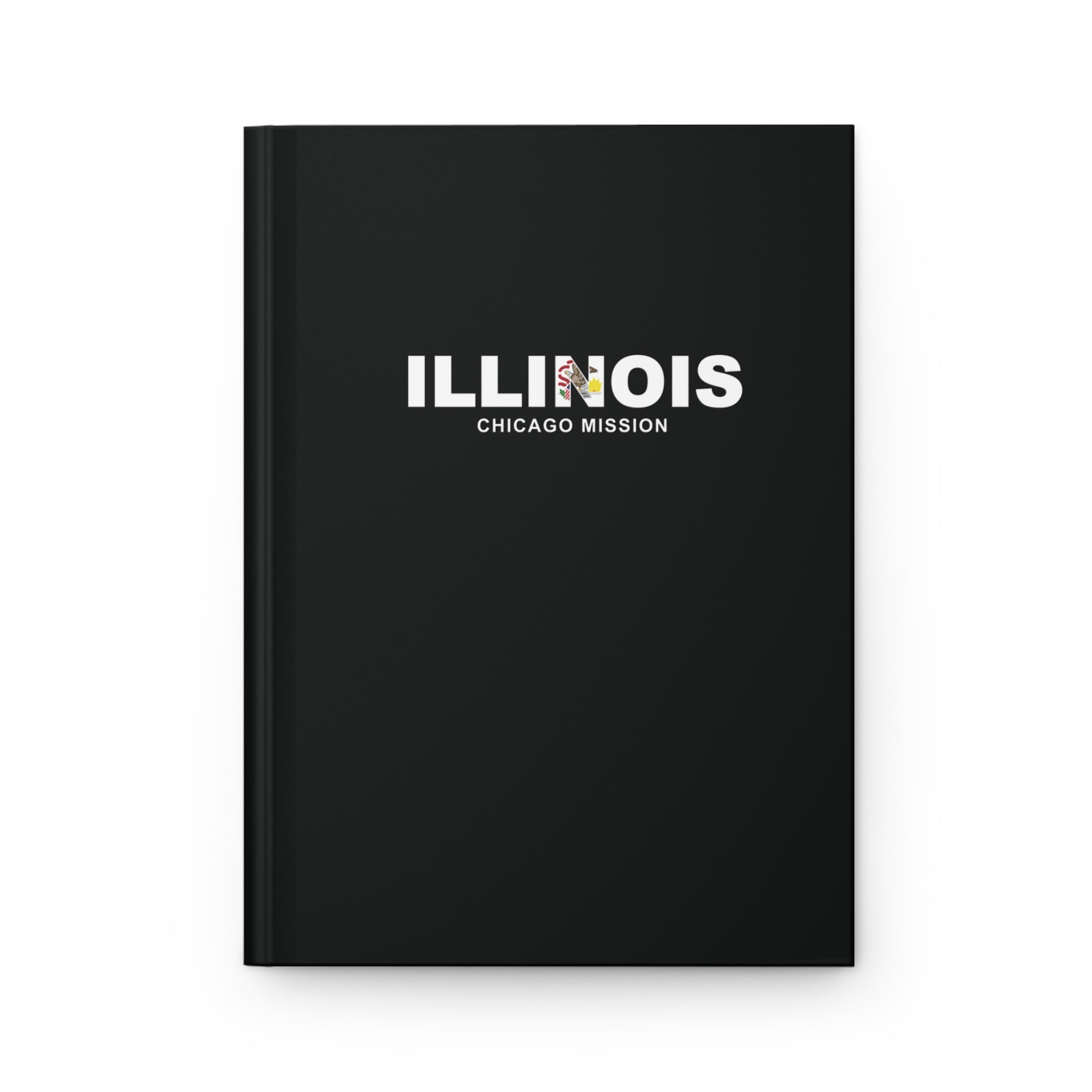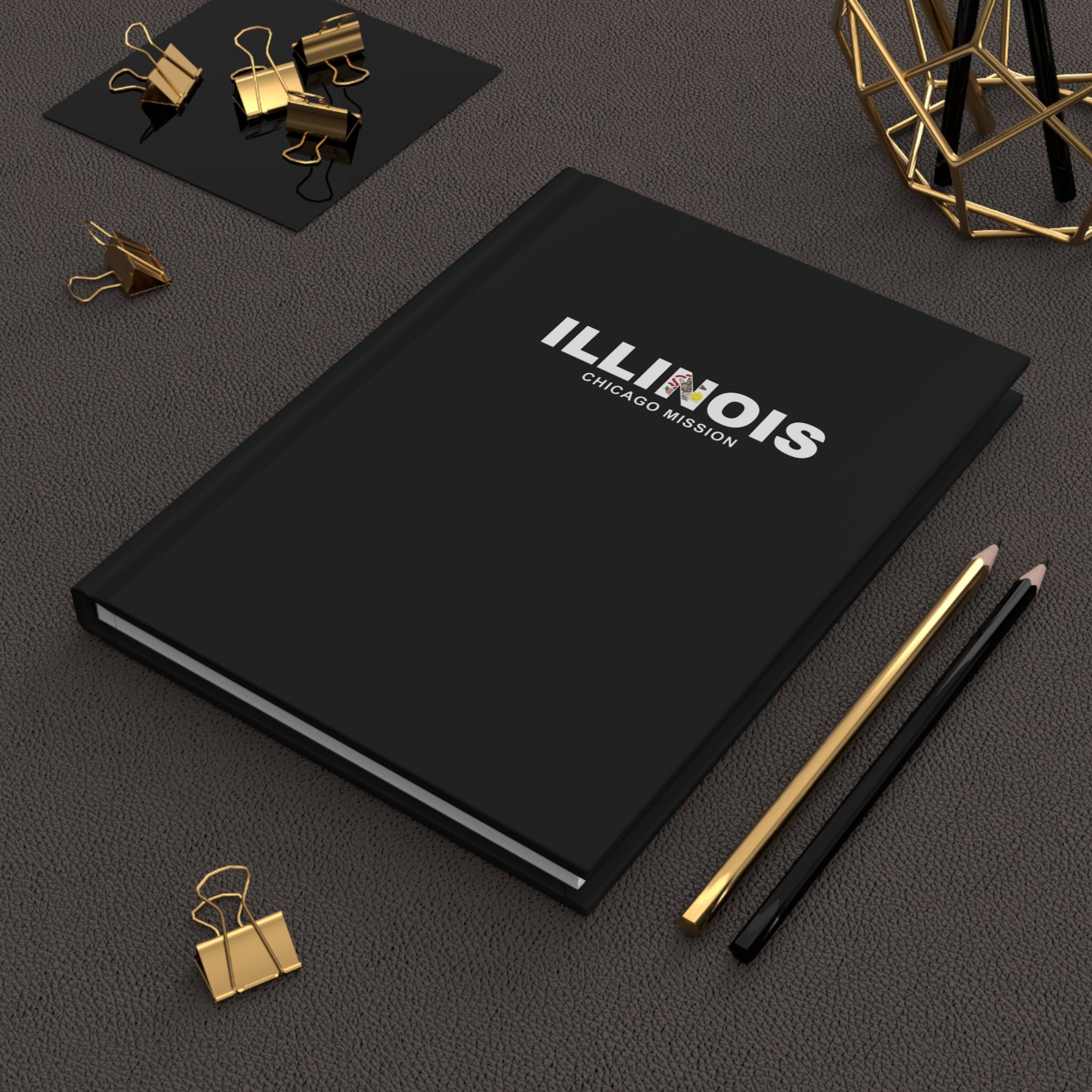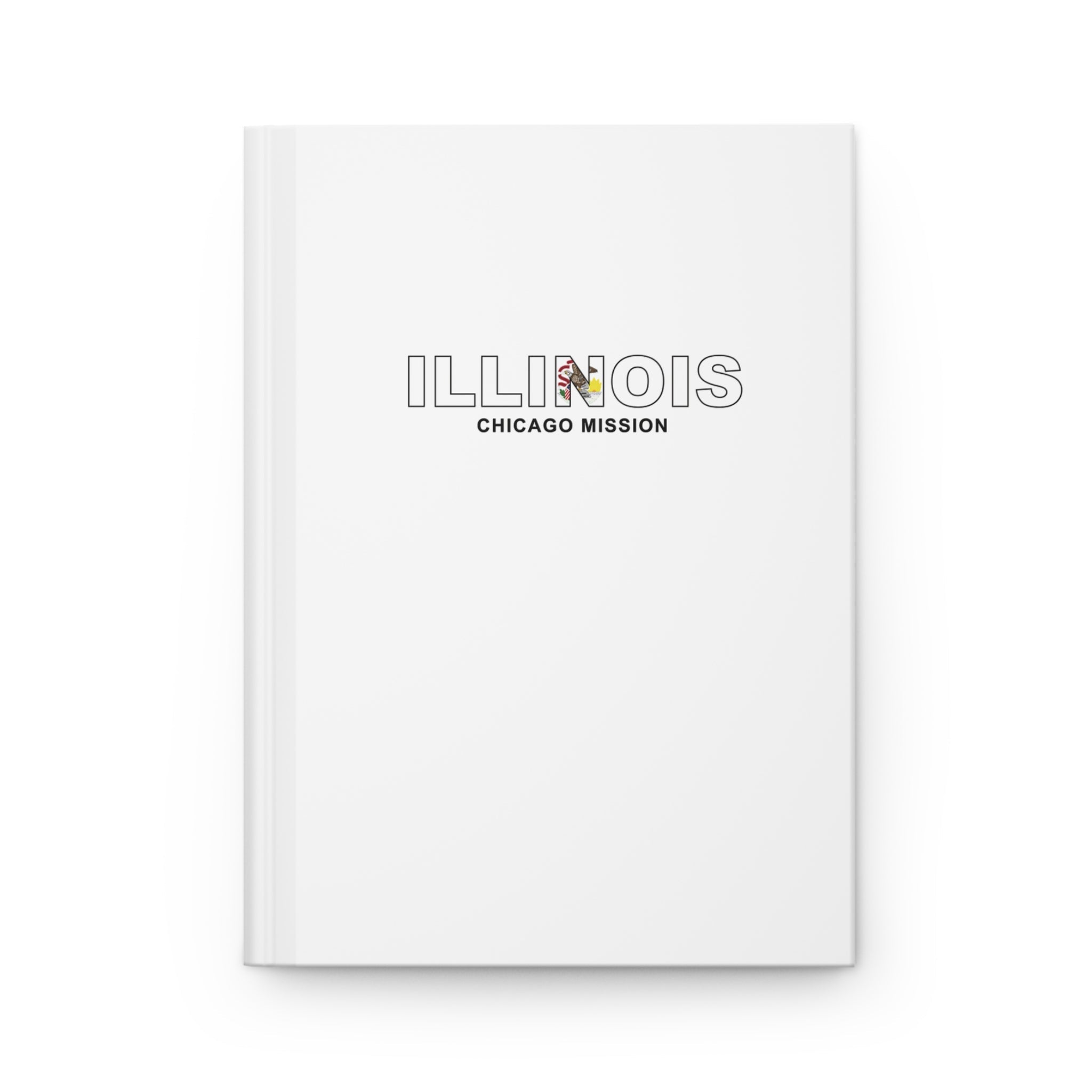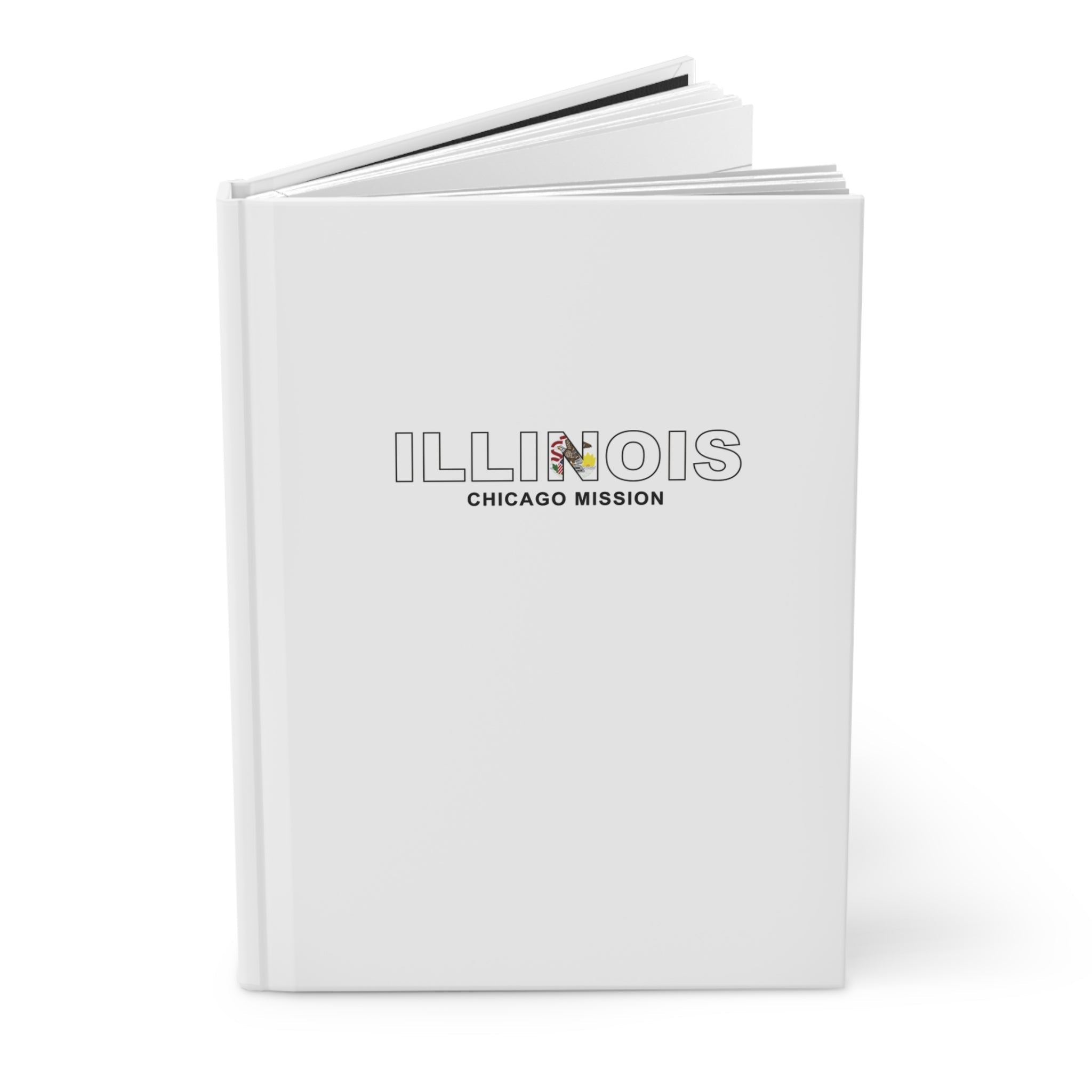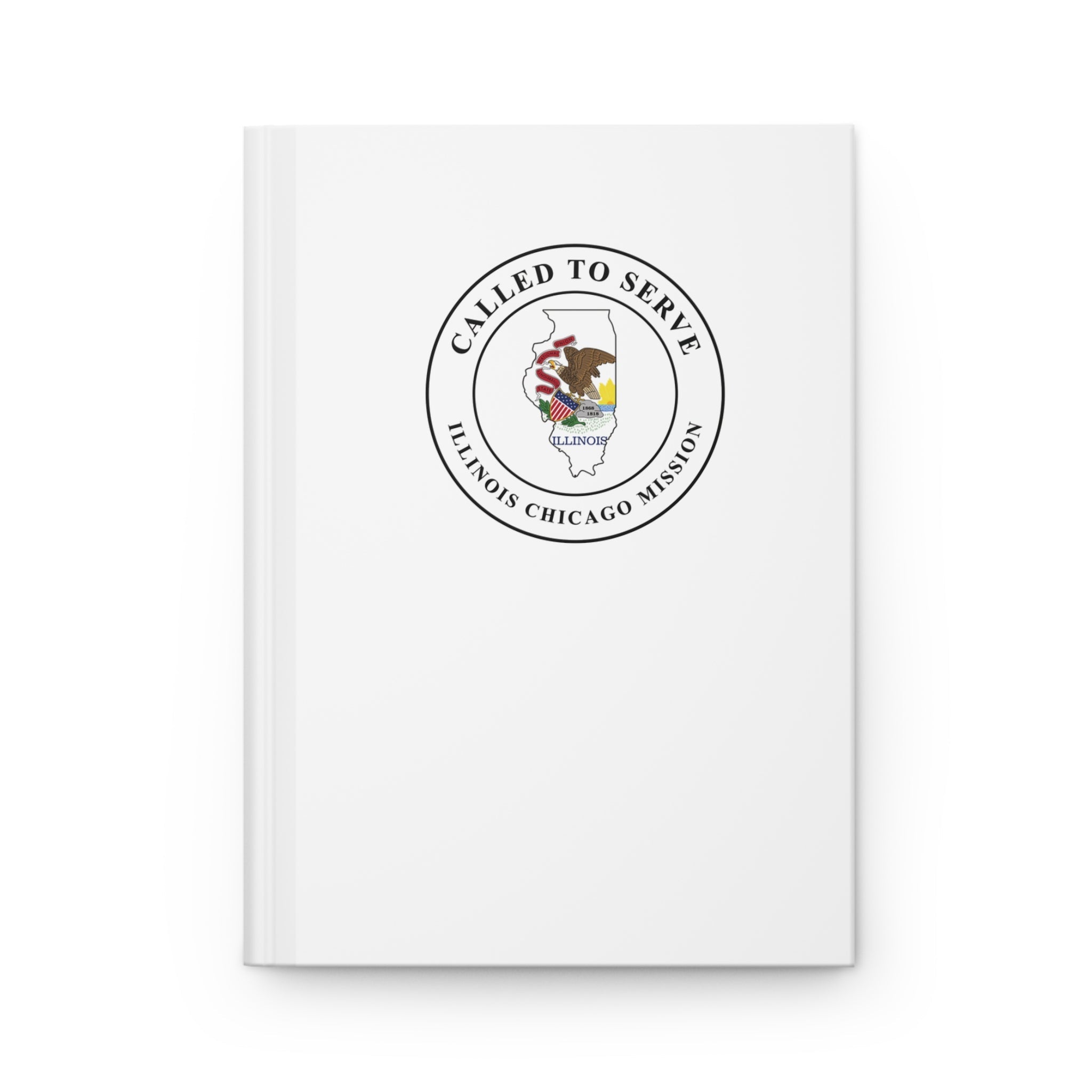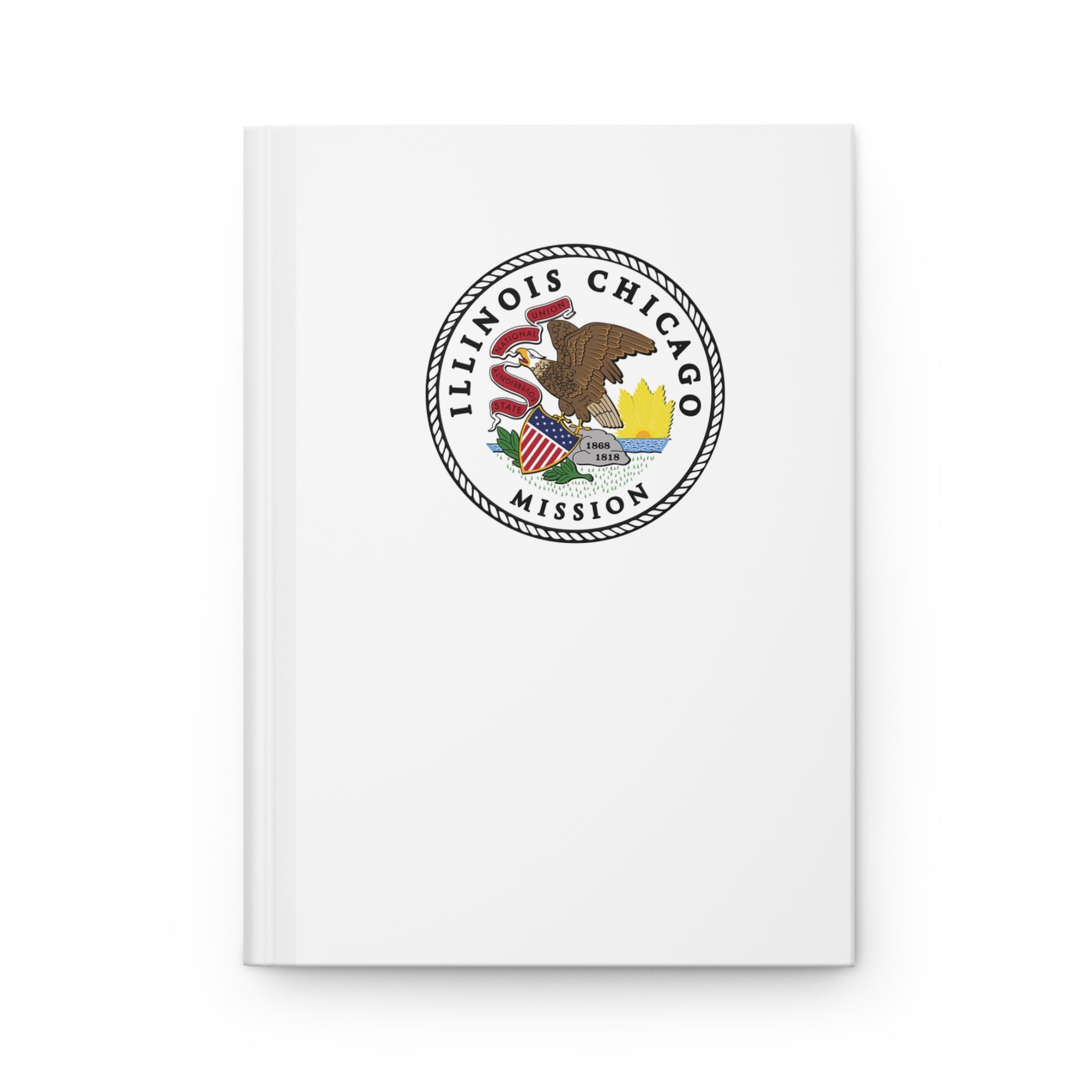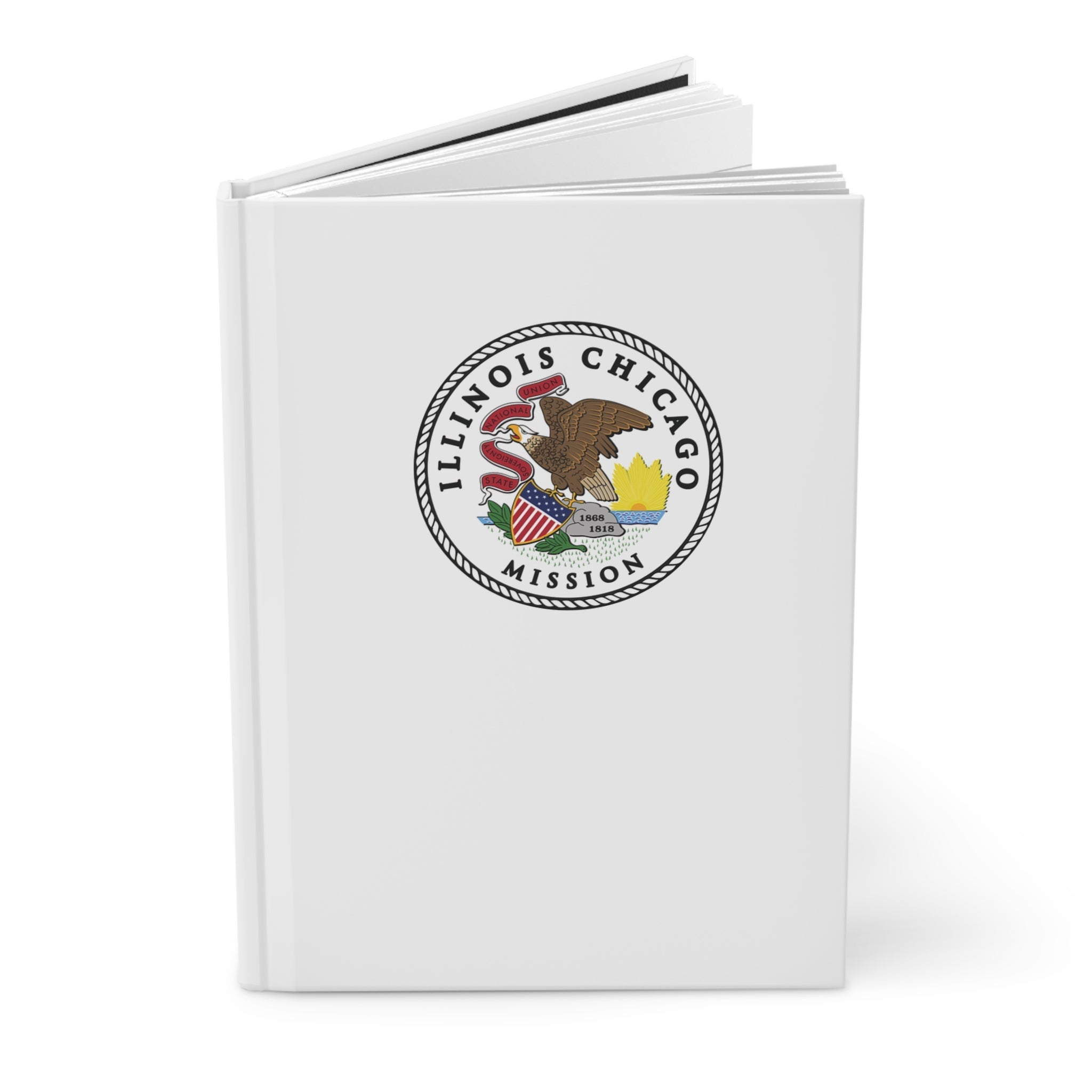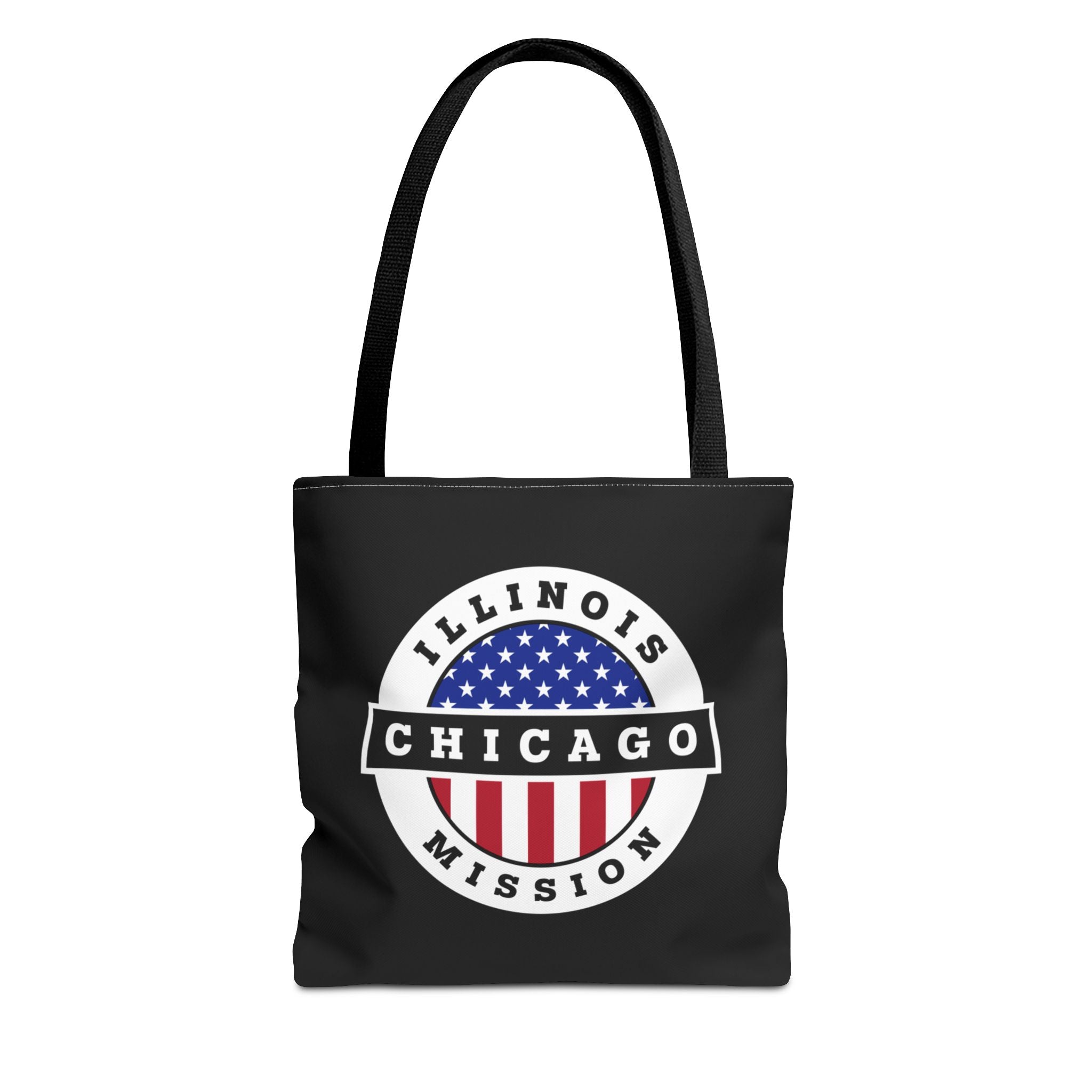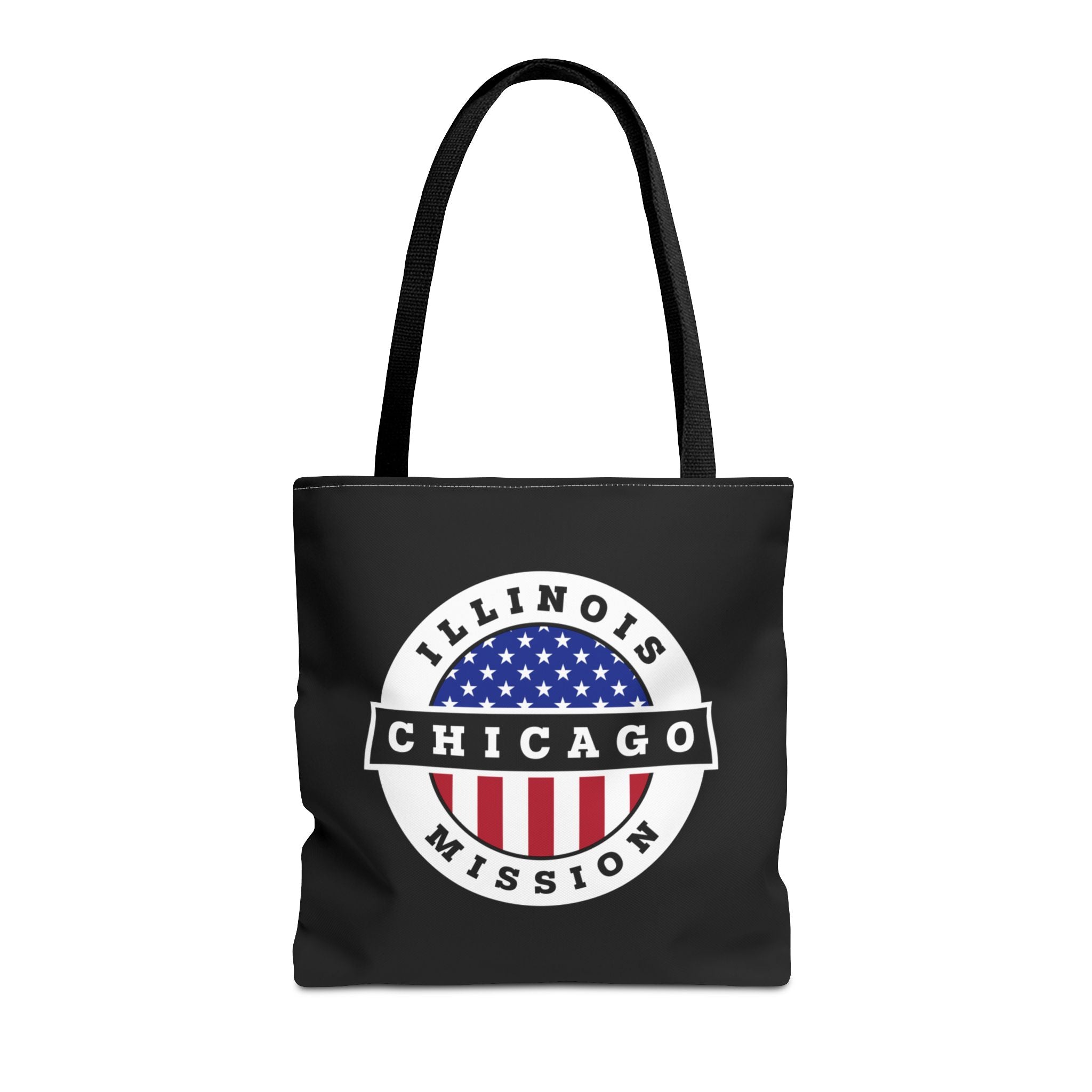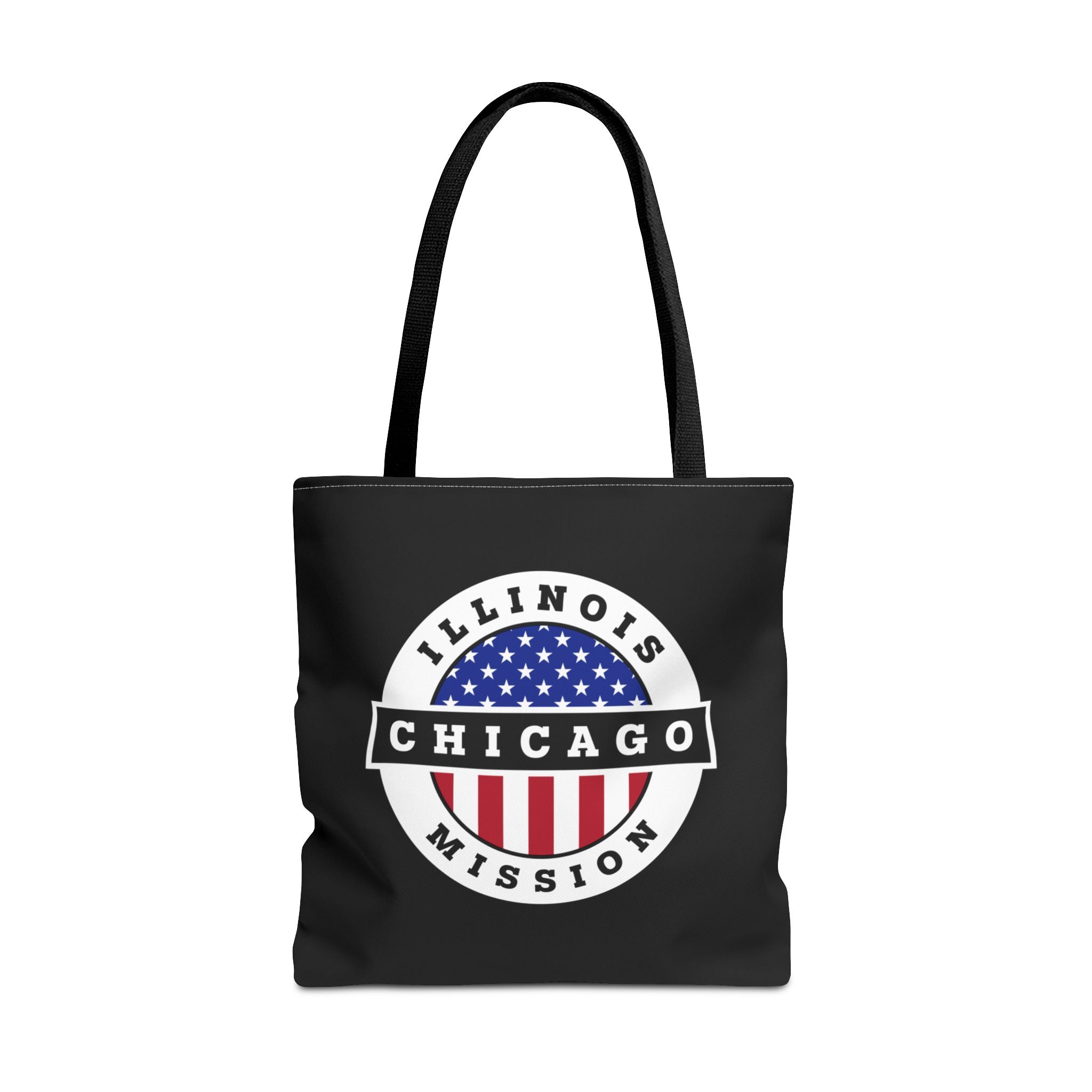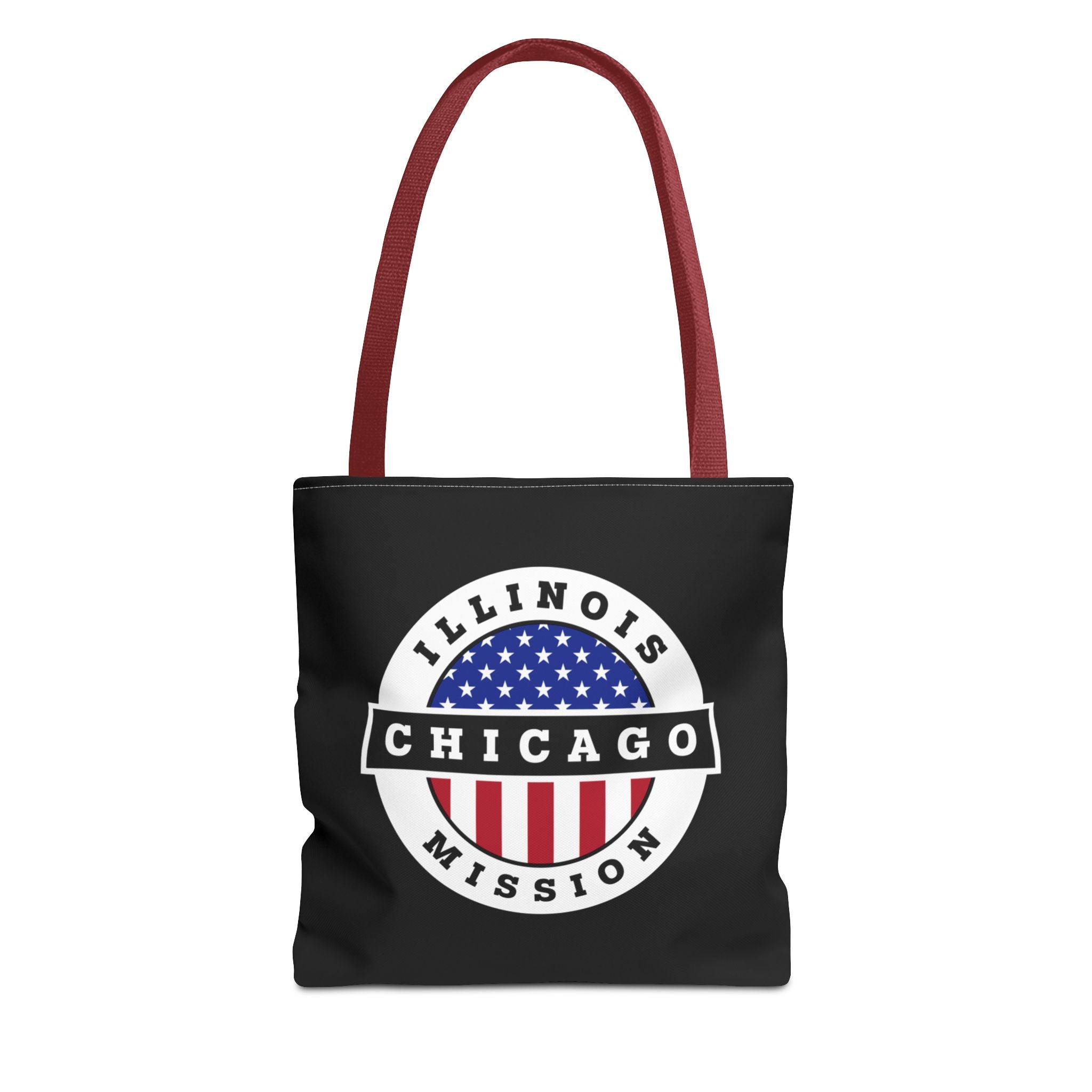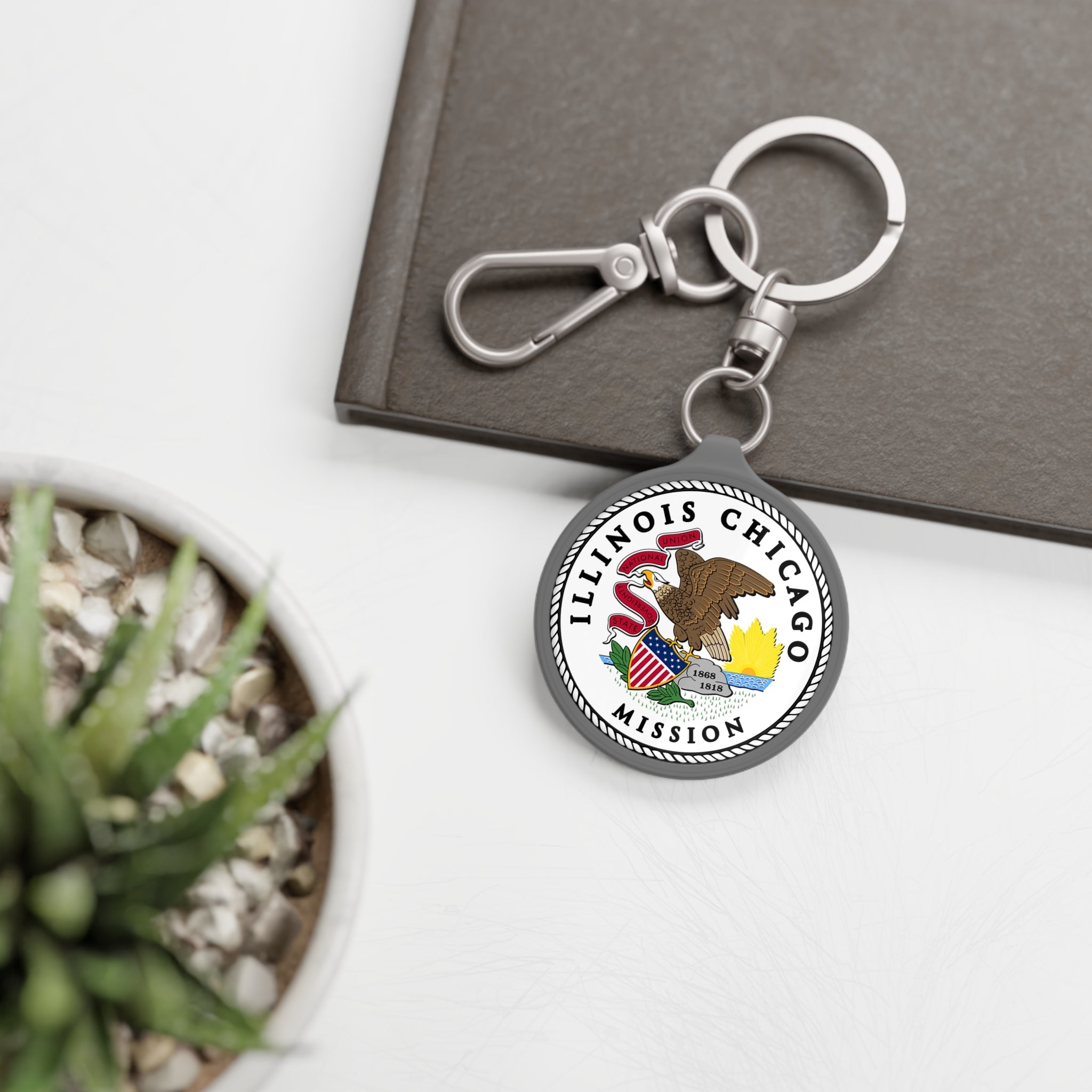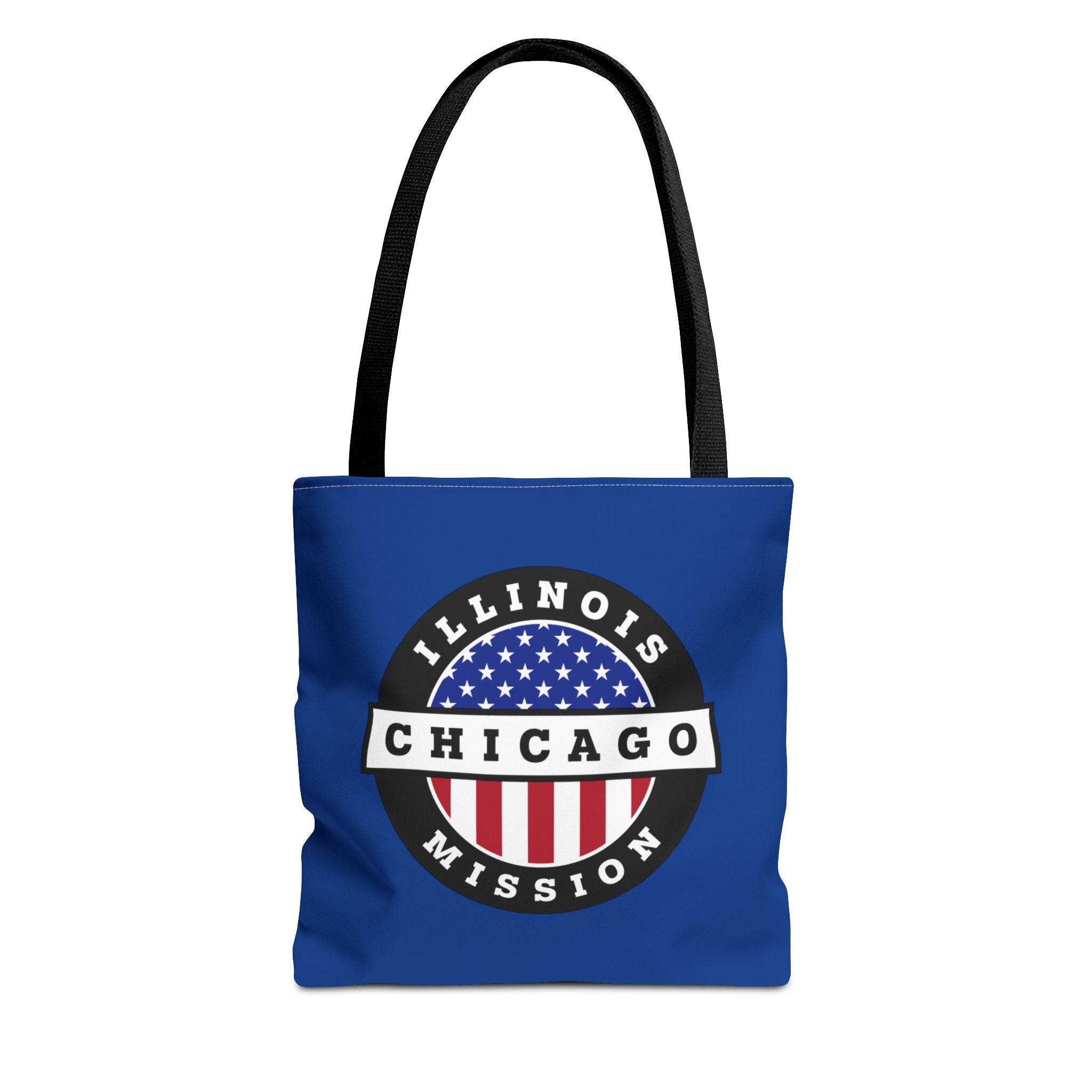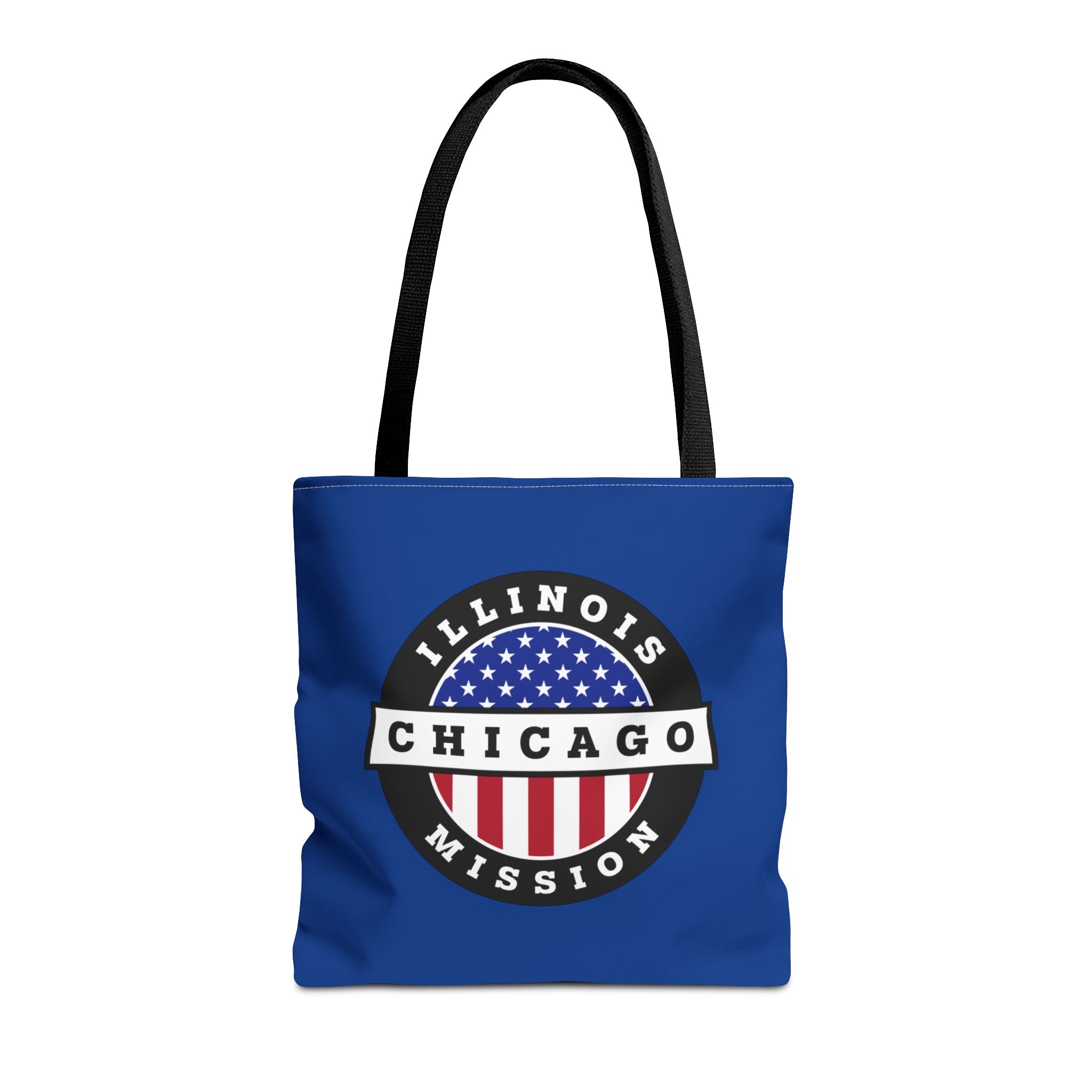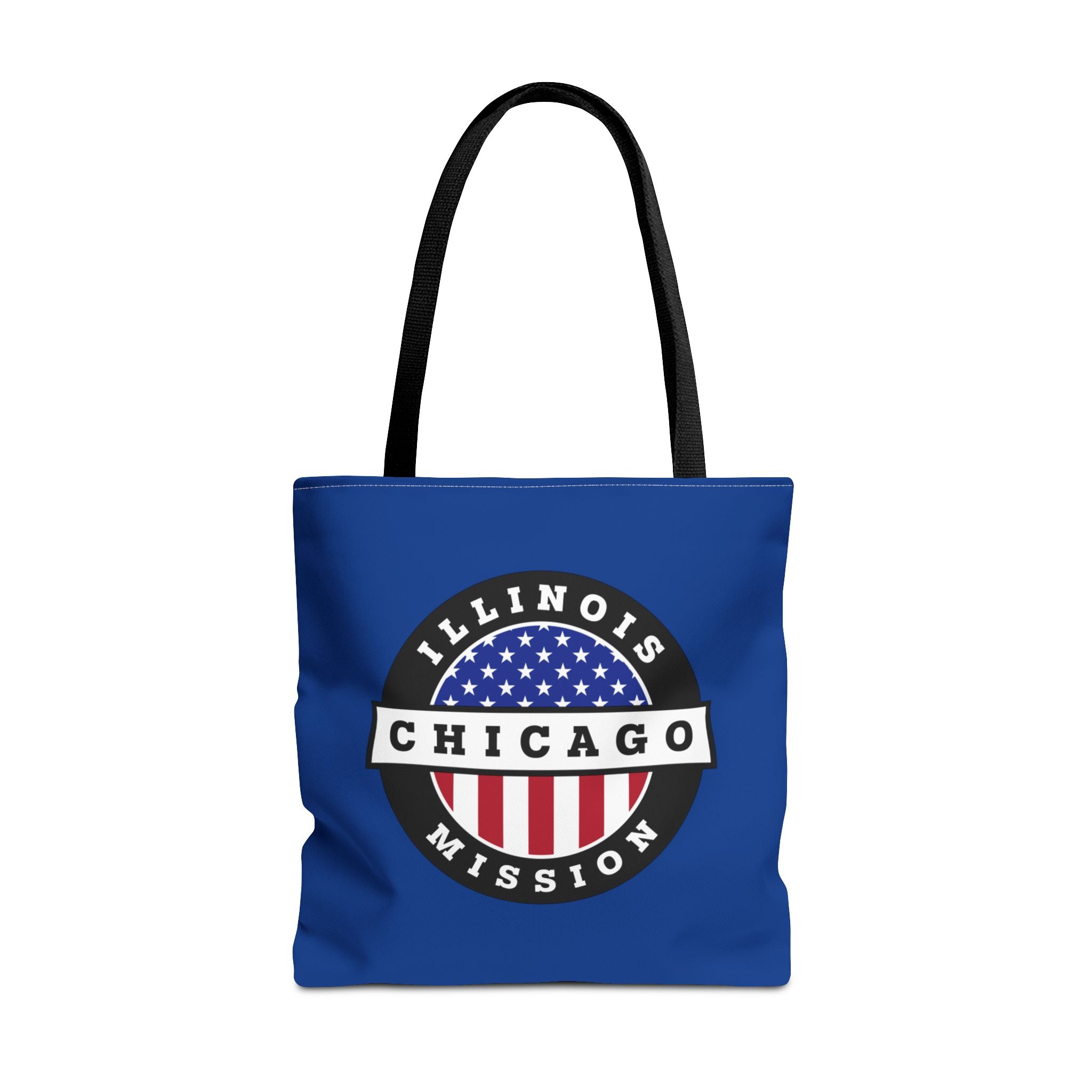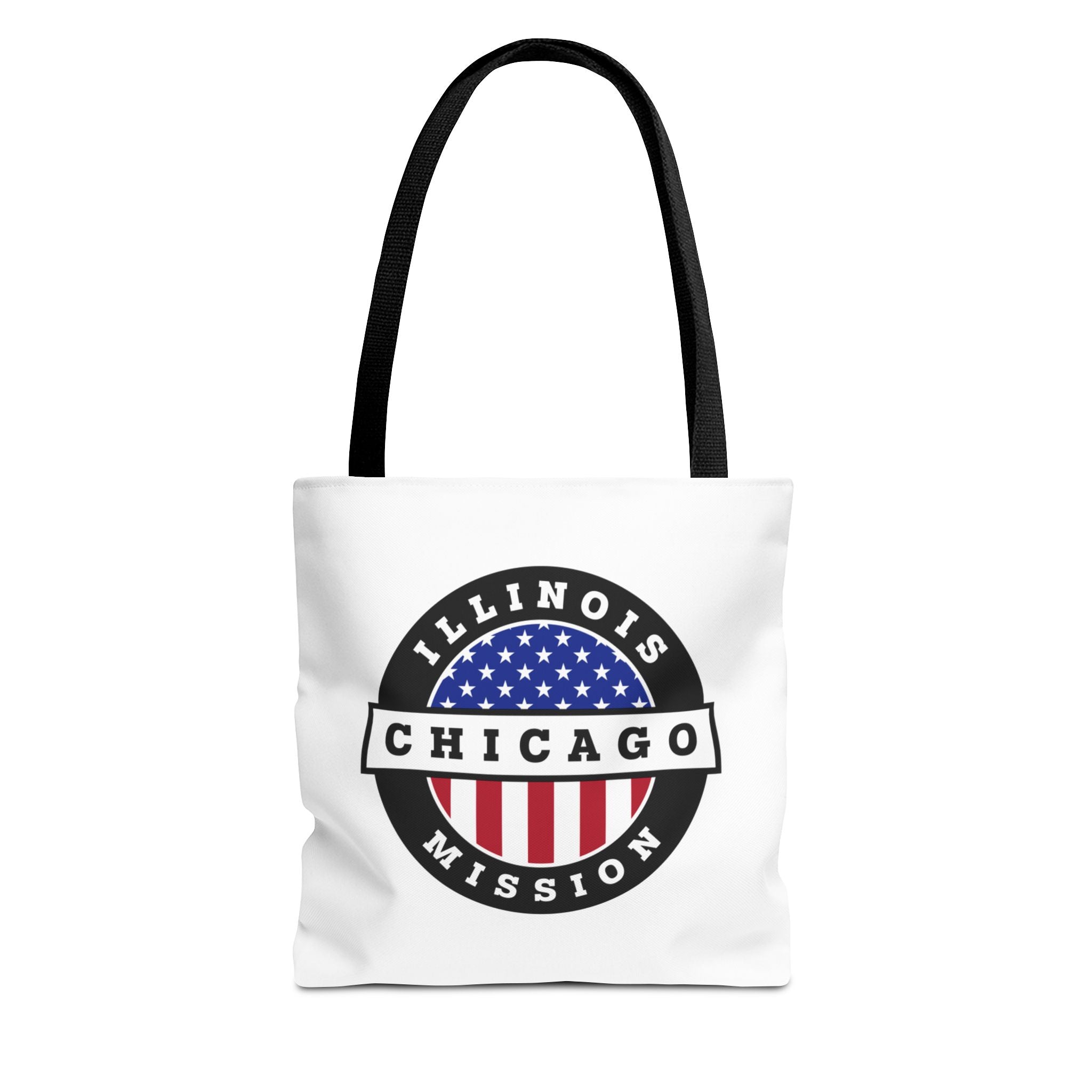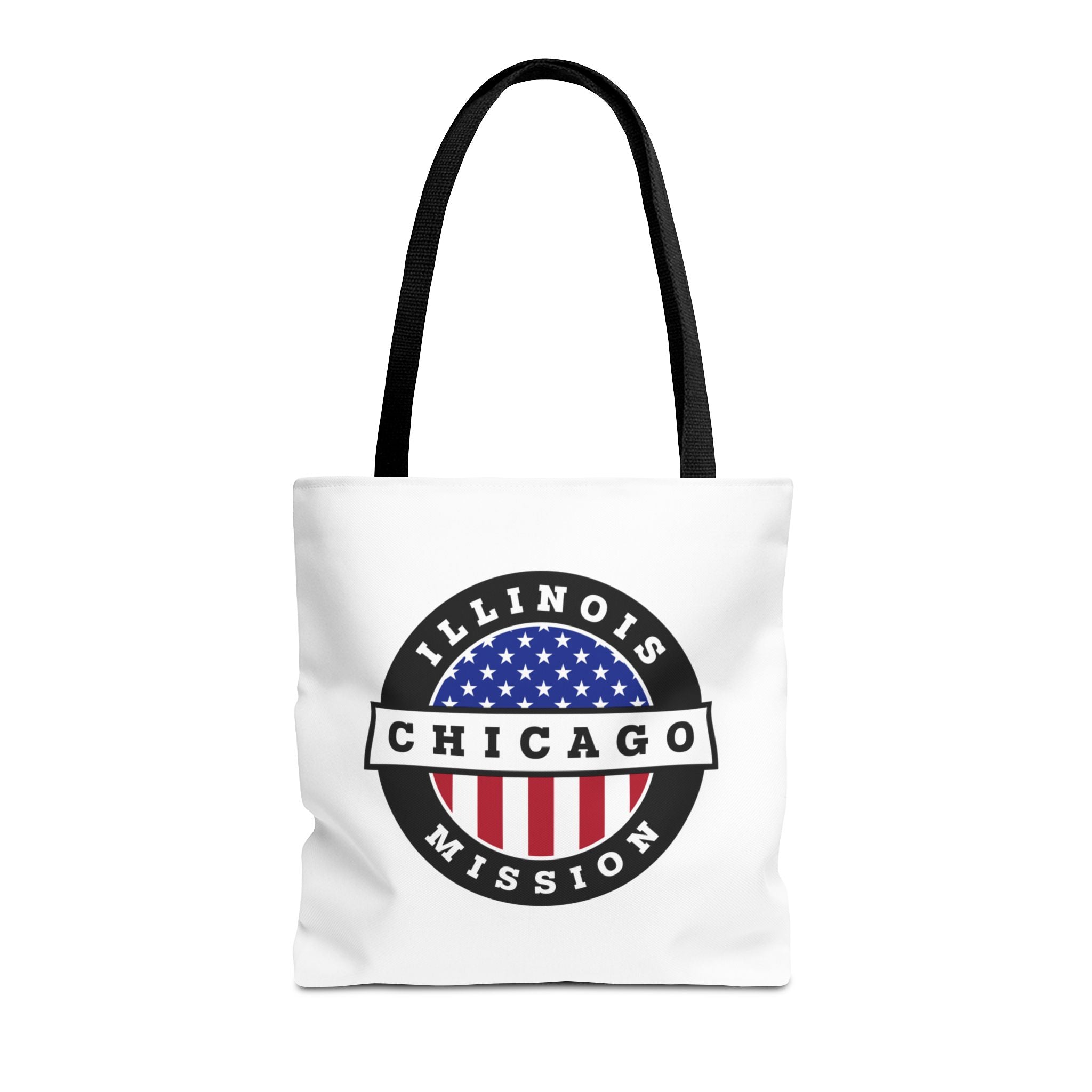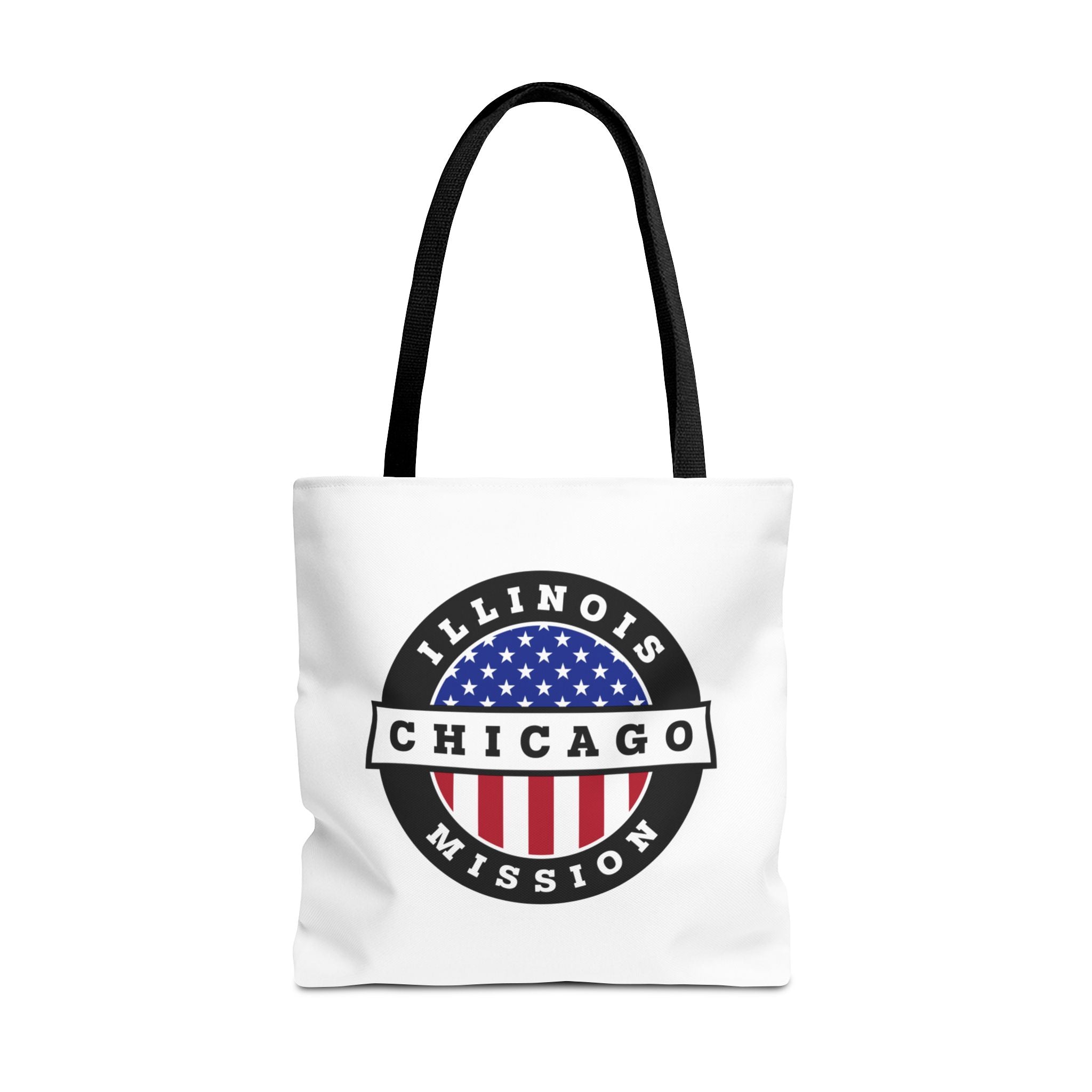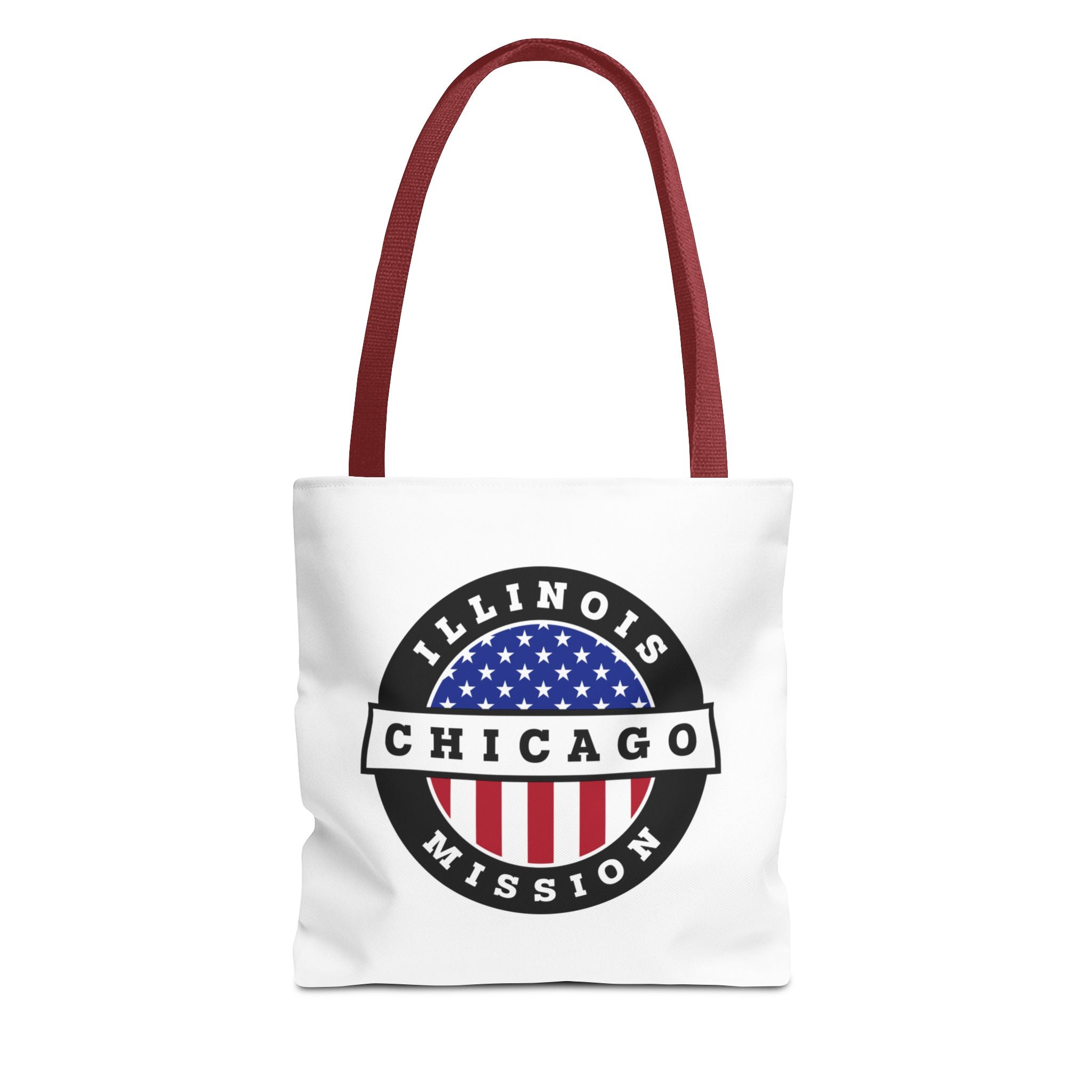Thousands of early members of The Church of Jesus Christ of Latter-day Saints fled from Missouri to western Illinois in 1839 to escape persecution, including a literal extermination order given by Missouri governor Lilburn W. Boggs. The Latter-day Saints drained swamplands on the eastern banks of the Mississippi and established the thriving community of Nauvoo. The city, whose name means "beautiful place," grew to rival Chicago in size and became a hub of Church activity and commerce in Illinois.
Unfortunately, the peace which Latter-day Saints had initially enjoyed in Illinois lessened with time as the number of Church members grew. Church founder Joseph Smith was martyred by a mob in the neighboring city of Carthage in 1844. By 1846, the Latter-day Saints were compelled to abandon Nauvoo for their own safety, thus launching one of the largest forced migrations in American history and the birth of the Mormon Trail. Over the next two decades, approximately 70,000 Latter-day Saints would move through Illinois on their way to the Valley of the Great Salt Lake, 1300 miles to the west. With the arrival of missionaries from Utah territory in 1870, the Church once again began to establish a presence in Illinois.
In July 1889, Chicago became the mission headquarters for all northern states. In 1962, the Church began to restore Church historical sites in Nauvoo. Since that time, some 1,000 acres have been repurchased. Church members now present Nauvoo's annual pageant entitled "City of Joseph" in August. Nearly 130 years after the first temple in Illinois was destroyed, another temple was constructed in Chicago. The six-spired edifice was completed in 1985.
In 2002 the rebuilt Nauvoo Temple was dedicated by President Gordon B. Hinckley. In 2004, an Illinois delegation led by Lt. Gov. Pat Quinn expressed "official regret" for the 1844 murder of Joseph Smith Jr. and the violence that forced the Latter-day Saints from the state.
